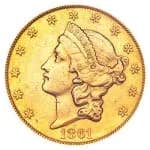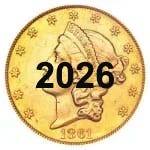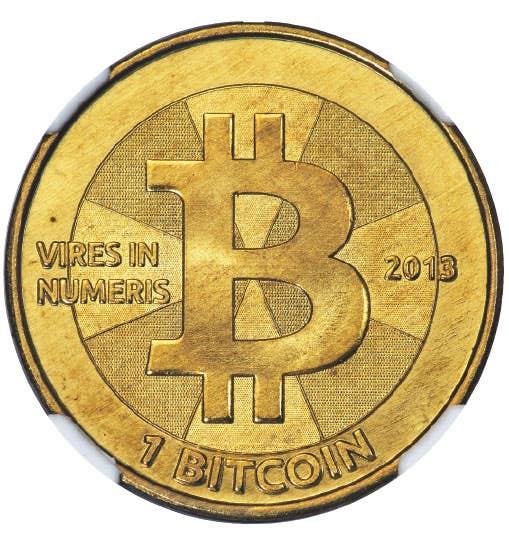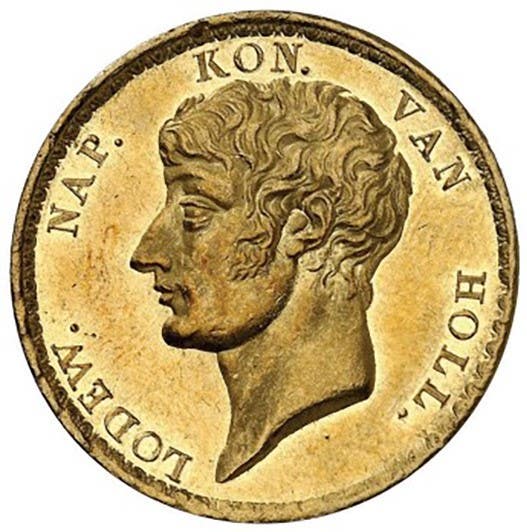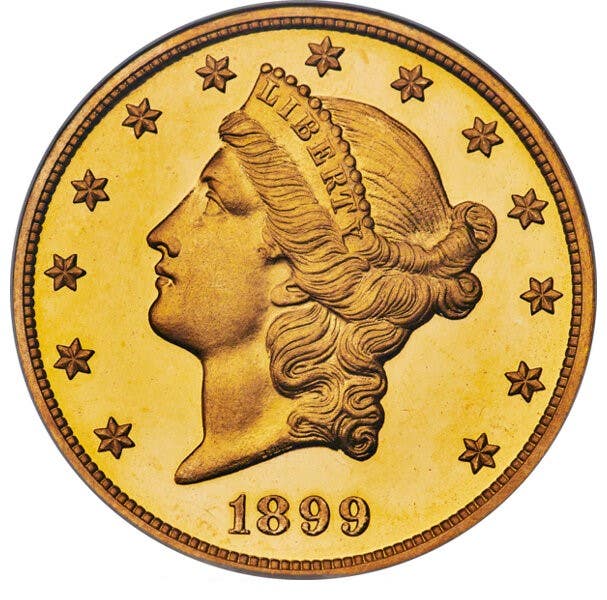1841-O eagle unknown in Mint State grades
The first gold eagle struck outside of Philadelphia, the 1841-O is a prize in any grade.
There are all sorts of interesting coins of the United States that are not well known. The 1841-O gold eagle has to be included on that list, as it is tough and definitely underpriced in Mint State. It also has more to offer than good value.
The gold eagle had been suspended from production back in 1804, along with the silver dollar. The two largest coins were taking up too much time and resources. There was a national coin shortage, but the people who supplied the gold and silver kept asking not for dimes, but rather eagles and dollars, which did not circulate.
The suspension of gold eagle production did not cause any real problems, but by 1838, officials were ready to make them again. The early mintages were fairly small and what was interesting was that at the time, new facilities were being opened in Dahlonega, Ga., Charlotte, N.C., and New Orleans, La. The mints in Dahlonega and Charlotte would only produce gold coins, but as it worked out, none of the three made any gold eagles at first.
The idea of the new mints not producing $10 gold coins, especially the two that only produced gold coins, certainly seems unusual. The reason relates directly to the denomination. A $10 gold coin was a lot of money and it was likely to be used in commercial activity in the regions.
We have to conclude that if there was any reason to produce them, the mints would have done so.
The 1841-O tends to support that notion. It was the first gold eagle to be produced anywhere other than the main facility in Philadelphia. New Orleans, as a transportation center, was a more likely place to use gold eagles than either Dahlonega or Charlotte, and even at New Orleans, the facility had been making coins for a few years without producing a single gold eagle.
We also get a feeling from the 2,500 mintage of the 1841-O that even in that first year of production, the idea was still in the experimental stage. That total is a nice round and small number, looking like someone suggested it to see if there was any use of the denomination.
Certainly with a mintage of just 2,500, the 1841-O eagle was going to be a better date, but that was enhanced by the large denomination, as few could afford to be collecting $10 gold coins at the time.
The prices today show the 1841-O at $1,400 in F-12, with an MS-60 at $30,000. That MS-60 price sounds like a lot of money, but it is cheap, as can be proven by the grading services. At PCGS, they have graded 44 examples of the 1841-O and not a single coin was Mint State. The NGC total is 38, but they, too, have never seen one grade MS-60 or better.
We cannot come to the conclusion that there is no 1841-O in Mint State, as the grading services have not seen every available coin, but we can come to the conclusion that they are rare, making the $30,000 price tag reasonable.
The scarcity speaks for itself, but realistically, to have the two grading services combine for fewer than 100 coins suggests that the 1841-O is tough in any grade.
Add to that its historical importance as the first gold eagle to be produced at New Orleans and the first produced outside Philadelphia, and you have a coin that deserves a good deal of recognition. The 1841-O is a great value today in any grade.

